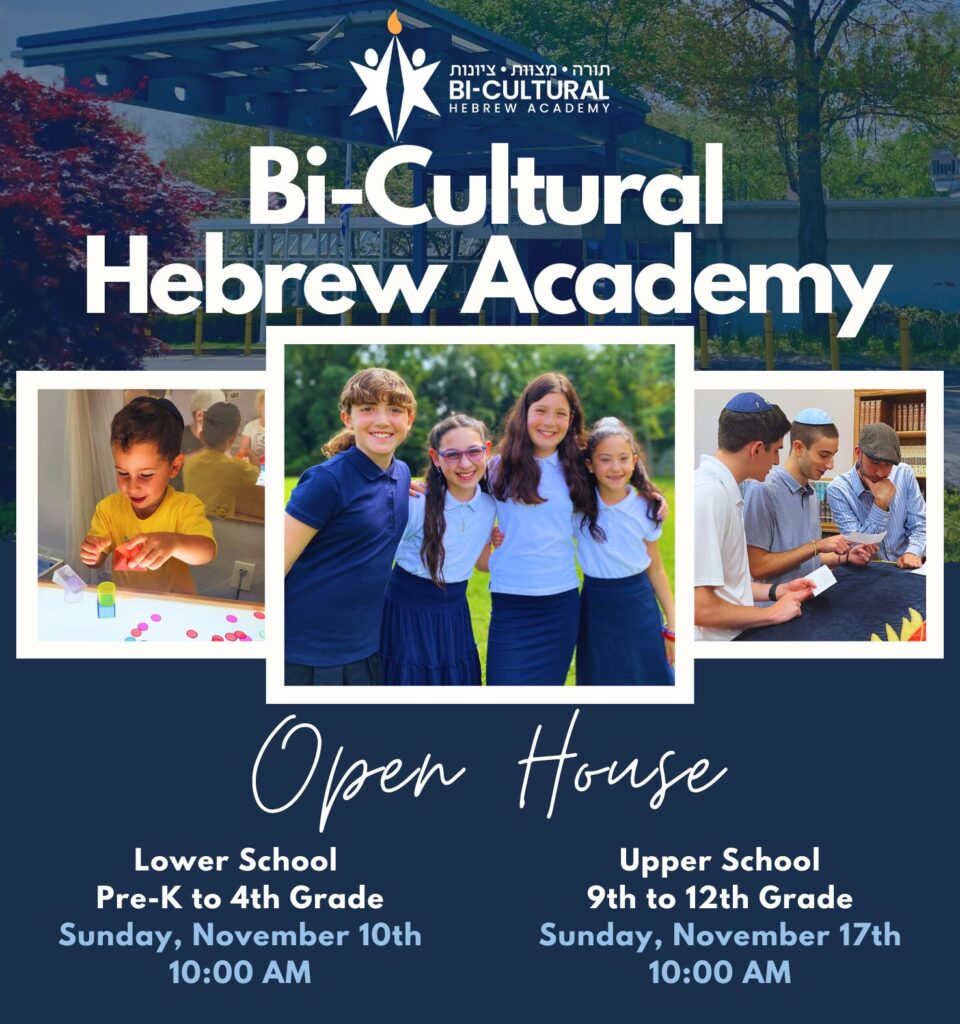
LOWER SCHOOL
Mathematics
Through our lower school math program, students gain mastery in computational skills, number sense, investigating real world problems and developing solid mathematical solutions. Based on the premise that using concrete learning materials makes abstract ideas more clear, students use hands-on manipulatives to explore new concepts, visual diagrams and models to help demonstrate mathematical relationships and focus on both the “How,” “What” and “Why” of problem solving procedures. We aim for students to develop a positive attitude toward mathematics, understand and appreciate its functionality and incorporate it into their daily lives.

Curricular Goals
Grade 1
The primary goal of math in first grade is to learn the language of math. Utilizing a hands-on approach, children are introduced to vocabulary, visualization and pictorial representations to comprehend mathematical concepts to solve real world problems. As children move from a concrete developmental stage to a more symbolic one, the use of manipulatives, flash cards, games and technology resources deepen and strengthen their mathematical understanding.
Units of study include:
● Numeracy
● Counting
● Place value
● Comparing numbers
● Addition
● Subtraction
● Shapes and Patterns
● Ordinal Numbers and Position
● Measurement
● Graphs: Picture and Bar
● Calendar and Time
● Mental Math
● Money
Grade 2
Second graders explore, imagine, reason logically, and use a variety of mathematical methods to solve problems. Using manipulatives, flashcards, games and technology resources, second graders think about their thinking and they start to understand why they do the math they do! They master addition and subtraction facts as math fact fluency is the essential building block for higher level math.
Units of study include:
● Numbers to 1,000
● Addition and Subtraction:
○ Without regrouping
○ With regrouping
● Measurement and Length:
○ Customary and Metric
○ Mass and Volume
● Graph Application and Line Plots
● Shapes, Patterns, Lines
● Fractions
● Time
● Concepts of Multiplication
● Mental Math and Estimation
● Money
Grade 3
The heart of the 3rd grade curriculum lies in understanding the interplay between concepts of multiplication and division. Students use models to solve real world problems involving the four operations. To provide instruction that is tailored for students and their individual needs, students are divided into small groups that enable teachers to pace instruction appropriately.
Units of study include:
● Numbers to 10,000
● Mental Math and Estimation
● Multiplication Concepts
● Multiplication Tables
● Division Concepts
● Division Facts
● Adding and Subtracting Money
● Fractions
● Metric Length, Mass and Volume
● Customary Length, Weight and Capacity
● Time and Temperature
● Angles and Lines
● 2 Dimensional Shapes
● Area and Perimeter
Note: Beginning in 3rd grade, students are placed in groups distinguished by the pace and degree of reinforcement necessary to achieve mastery
Grade 4
In fourth grade, students learn how to solve multi-step word problems involving multi-digit numbers using all 4 operations. They practice using different models and visuals to solve problems and show their logic process. Students master multiplication and division facts as math fact fluency is the essential building block for higher level math.
Units of study include:
● Whole Number Applications
● Whole Number Multiplication and Division
● Tables and Line Graphs
● Data and Probability
● Fractions and Mixed Numbers
● Decimals
● Angles
● Lines and Line Segments
● Squares and Rectangles
● Area and Perimeter
● Measurement Conversion
● Symmetry




